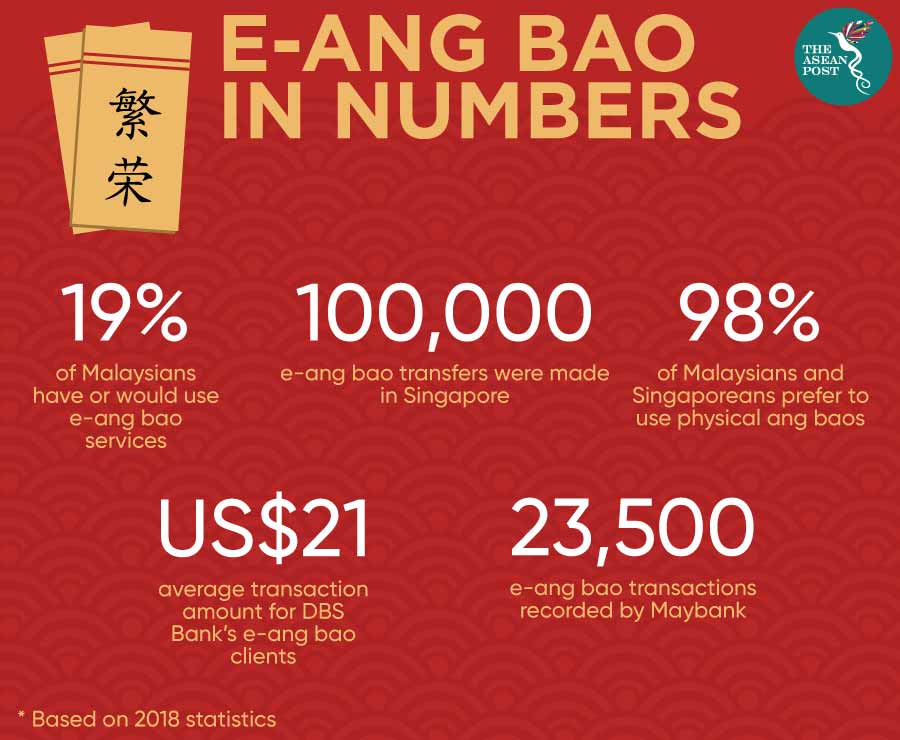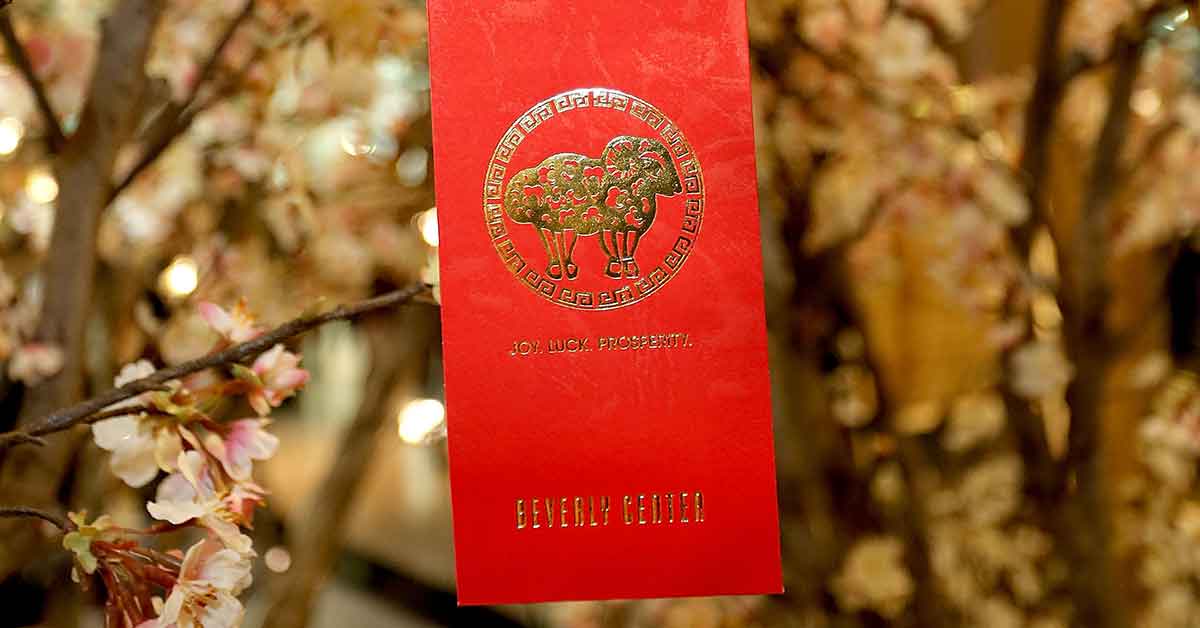Like many other traditions, the handing out of ang baos – red packets containing cash – has been disrupted in the digital age.
Synonymous with the Chinese Lunar New Year, the giving of red packets by elders to children or unmarried relatives symbolises good luck and is also a custom during birthdays and weddings.
With the advent of the e-ang bao, virtual red packets can now be distributed through selected banks and e-wallet services. By linking their bank accounts to e-wallet portals such as WeChat Pay, Alipay or GrabPay, users can now send a specified amount of money to their contacts – who can then cash it out at a bank or leave the money in their own e-wallet account for future use.
While supporters praise e-ang baos for their convenience, critics say that it detracts from tradition and lacks intimacy.
Although the trend is widespread in China, Hong Kong, Taiwan and Macau – 46 billion e-ang baos were sent via WeChat in 2017 – the use of e-ang baos is not as prevalent in Southeast Asia.
WeChat, China’s largest social networking app, launched the practice in 2014 – and other companies soon jumped on the bandwagon. In Southeast Asia, the use of e-ang bao services is largely limited to banks in Malaysia and Singapore – countries with larger Chinese populations.
However, it was reported in 2018 that only 19 percent of Malaysians have or would use such a service, with 98 percent of Malaysians and Singaporeans preferring to use a physical ang bao over its digital counterpart.
“The e-ang bao is evidence of the commercialisation of symbolic cultural celebrations,” noted Adrian Y T Yao, Lecturer & Program Coordinator of Malaysia National Subjects at Monash University Malaysia.
“It is a practice that has shifted from tangible to intangible, and although it is not common yet in Malaysia, e-ang baos are slowly rising,” he added.
As a part of their marketing strategy, banks and other large businesses regularly produce their own ang-baos and provide them to clients for their use. Not only do they save clients the hassle of getting their own ang-baos, these corporate ang-baos – which often take months of planning to produce – go a long way in cementing a brand’s visibility during the festive season.
Recognising the opportunity to capitalise on the emerging trend of e-ang baos, several banks in Malaysia and Singapore have launched e-ang bao services of their own.
After recording 16,000 transactions with a total value of US$392,000 when launching their E-Ang Pow service in 2016, Maybank – Malaysia’s largest bank – saw transactions rise to 18,000 (with a total value of US$514,000) in 2017. The bank forecasted 23,500 transactions for a total value of US$661,000 in 2018.
In Singapore, market leader DBS Bank said that e-ang bao transactions in 2018 were six times higher than those in 2017.

With the culture of giving an ang bao extending to parents and grandparents as a means to express filial piety, it is only understandable the trend has not caught on among the older generation who many not be as tech savvy.
Yao noted that the resistance of the older generation in embracing e-ang baos is one of the reasons the trend has not really caught on in Southeast Asia, pointing out that the lack of awareness in the availability of the service as well as safety and credibility issues were also important factors.
Apart from its eco-friendly qualities and the ability to send an ang bao to virtually anywhere in the world, advocates of e-ang baos say that the time saved picking out physical ang baos – and queueing in banks for fresh new notes to put in them – are among the reasons to adopt the practice.
But for many, the act of picking out ang baos shows their thoughtfulness and lends a personal touch to the practice.
“The use of e-ang bao is not that prevalent in Singapore,” said Chua Guan Cheong, a China analyst based in Singapore.
“In fact, the use of e-ang bao is also only prevalent among youngsters and friends in China. When it comes to the traditional Chinese New Year celebrations, seniors will still give a physical ang bao instead of an e-ang bao to their children or grandchildren unless they have no choice due to distance or some other reasons,” he added.
Although they offer advantages such as speed and convenience, e-ang baos lack the sensory enjoyment recipients get when seeing and touching the red packets. Ultimately, the gifting of ang baos remain a tangible act which symbolises goodwill and best wishes from the giver to the receiver. Having lost none of their charm despite the lure of the digital world, ang baos are definitely here to stay.
Related articles:
E-wallets could boost the region’s tourism industry
